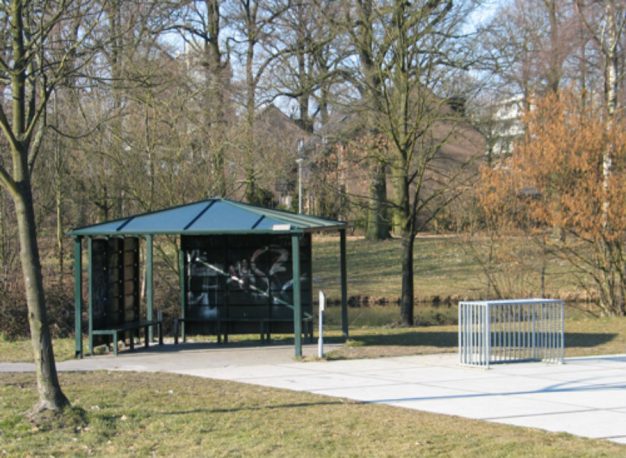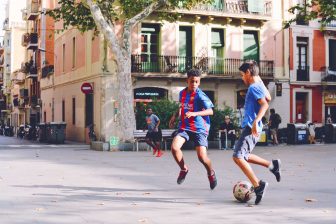
Outdoor play for Dutch children declines
‘Dull play areas’ are the reason why two-thirds of Dutch children never play outside or only once a week, according to research. This alarming trend equates to a 10 per cent rise in the last five years. And since 2013 the number of children playing outside daily has dwindled from 20 to 14 per cent.
It means that out of 1.2 million children in primary school, there are more than a million are no longer playing outside every day. The research was carried out by Kantar Public for Jantje Beton, a Dutch charity that works with children and is committed to promoting play.
What’s keeping them inside?
The study included generational differences. Some 69 per cent of the children’s grandparents played more outside than inside, while 65 per cent of parents played outside more often and only 10 per cent of children play more outside than indoors.
The research revealed children prefer playing indoors due to the ‘dulness of the play areas’. Children were also asked what outdoor games could make playing outside more exciting. Six out of ten children indicated outdoor play would be more fun if more activities were organised and if there would be more squares or lawns to play on. Children aged 6 to 8 years old said playing outside would be more fun if there was less traffic on their streets.
The most favourite play areas were the schoolyard, the garden and nature/forest. Children ranked skate parks and ‘hangjongeren’ as their least favourite. ‘Hangjongeren’ are specially designed by Dutch municipalities for the youth to ‘hang out’. These hangout areas are often not in the middle of a residential area and consists of a vandal-resistant bench with shelter from the rain (for example the feature image).
When it comes to accessing favourite play places across genders, boys preferred playing on laws, skate parks and football fields. Girls preferred playing in the garden and on a small playground with play equipment.




